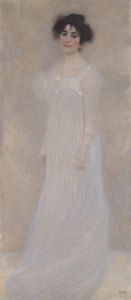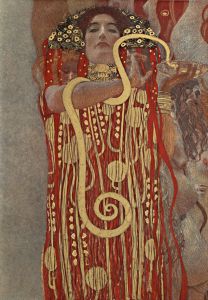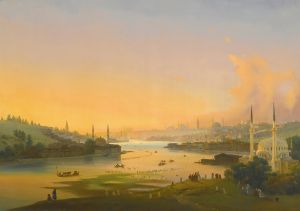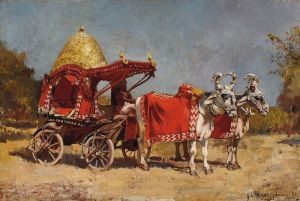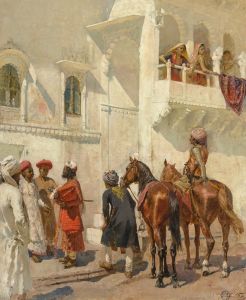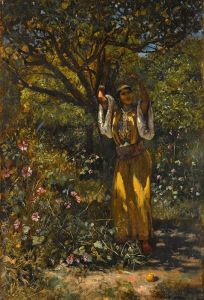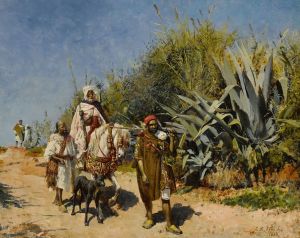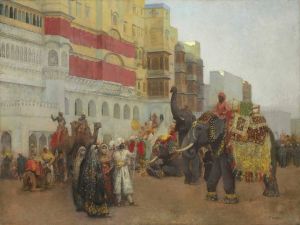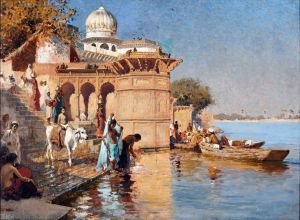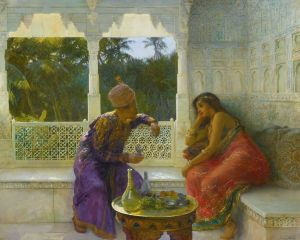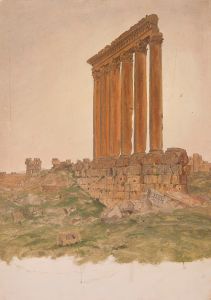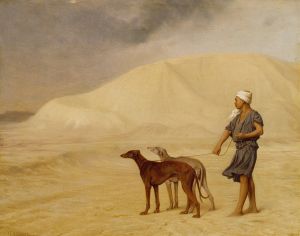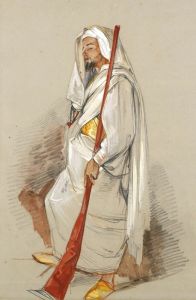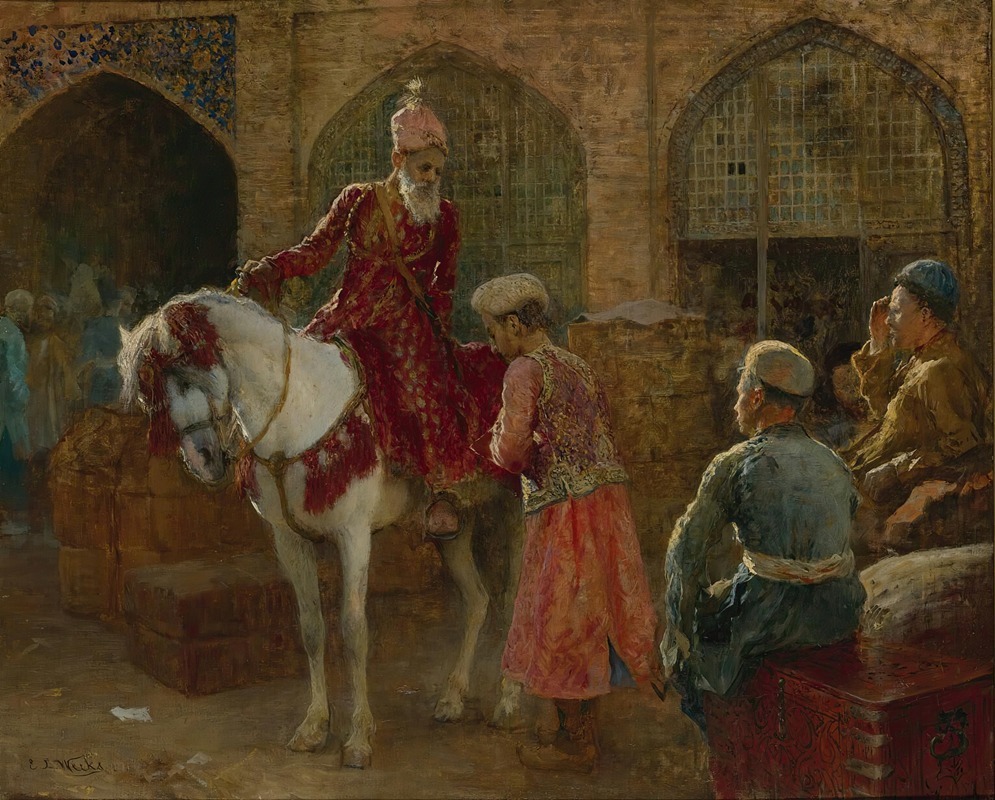
The grand vizier
A hand-painted replica of Edwin Lord Weeks’s masterpiece The grand vizier, meticulously crafted by professional artists to capture the true essence of the original. Each piece is created with museum-quality canvas and rare mineral pigments, carefully painted by experienced artists with delicate brushstrokes and rich, layered colors to perfectly recreate the texture of the original artwork. Unlike machine-printed reproductions, this hand-painted version brings the painting to life, infused with the artist’s emotions and skill in every stroke. Whether for personal collection or home decoration, it instantly elevates the artistic atmosphere of any space.
"The Grand Vizier" is a painting by the American artist Edwin Lord Weeks, who was known for his Orientalist works. Edwin Lord Weeks was born in Boston, Massachusetts, in 1849 and became one of the prominent painters of the Orientalist movement, which depicted scenes from the Middle East, South Asia, and North Africa. His works are characterized by their detailed and vibrant portrayal of the cultures and landscapes he encountered during his extensive travels.
"The Grand Vizier" is an exemplary piece of Weeks' fascination with the exotic and the grandeur of the East. The painting depicts a high-ranking official, known as the Grand Vizier, who was a powerful political figure in various Islamic empires, including the Ottoman Empire and the Mughal Empire. The Grand Vizier was often the chief advisor to the Sultan or Emperor and held significant influence over the administration and governance of the state.
In this painting, Weeks captures the opulence and authority of the Grand Vizier through meticulous attention to detail and rich color palettes. The Grand Vizier is portrayed in elaborate attire, adorned with luxurious fabrics, intricate patterns, and possibly jewels, signifying his high status and wealth. The background of the painting often includes architectural elements and settings that reflect the grandeur of the palaces and courts where such figures would have resided.
Weeks' ability to convey the textures of the fabrics, the play of light and shadow, and the overall ambiance of the scene is evident in "The Grand Vizier." His works often provide a romanticized yet informative glimpse into the cultures he depicted, combining artistic skill with a keen eye for the details of everyday life and ceremonial occasions.
Edwin Lord Weeks' travels to the Middle East, India, and other regions greatly influenced his artistic output. He documented his journeys through sketches, photographs, and written accounts, which he later used as references for his paintings. His works were well-received in both Europe and America, and he exhibited regularly at prestigious venues such as the Paris Salon.
"The Grand Vizier" is part of Weeks' broader body of work that contributed to the Western perception of the Orient during the 19th century. While his paintings are celebrated for their beauty and craftsmanship, they also reflect the era's fascination with and often stereotypical views of the East.
Edwin Lord Weeks passed away in 1903, but his legacy as a prominent Orientalist painter endures. His works continue to be studied and appreciated for their artistic merit and their role in the cultural exchange between the West and the East during the 19th century. "The Grand Vizier" remains a significant example of his contribution to the Orientalist genre.





